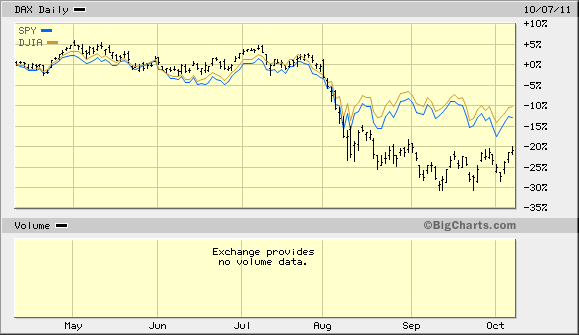This lecture focuses on the balance sheet and how to spot warnings.
Go here to download the lecture: http://www.scribd.com/doc/69296625/Lecture-11-Balance-Sheet-Analysis-Duff-Phelps-ROE-vs-ROC
The Professor and Great Investor (“GI”) in this 11th lecture recommends two books to learn how to read a financial statement.
(1.) The First book is Ben Graham’s: Interpretation of Financial Statements (Basic)
(2.) The second book is Thornton O’Glove’s Quality of Earnings which has good case studies (recommended).
You need an intermediate level of accounting knowledge to be firmly grounded. You can take classes at a community college or you can read beginning and intermediate accounting textbooks, but you must have the particular text’s student guide to work the accounting problems or else you will not grasp all the concepts.
The two best books (I have found) for corporate finance and financial statement analysis are:
(1.) Analysis for Financial Management by Robert C. Higgins (Corporate Finance)
The Student Guide for your review and preview is here:
http://highered.mcgraw-hill.com/sites/0073382310/student_view0/powerpoint_presentations.html
- Financial Statement Analysis and Security Analysis by
Stephen N. Penman is excellent though the acronyms I found difficult at first. This text will help you understand how to value growth–a critical part of investing. Make sure you have the edition that corresponds to the Student Guide so you can study the problem sets found here:
http://highered.mcgraw-hill.com/sites/0073379662/student_view0/chapter4/
Once you have mastered those texts you can find case studies and further review here:
Financial Shenanigans: How to Detect Accounting Gimmicks & Frauds in Financial Reports (3rd. Edition) by Howard Shillit
You can also go to short-seller blogs that have many examples of their work for you to study.
An Australian Hedge Fund manager who has been uncovering Chinese Frauds and whom you can learn from is here: http://www.brontecapital.com/ (an excellent blog).
Off Wall Street Consulting, Inc. provides samples of their research here: http://www.offwallstreet.com/research.html
I recommend that you download their reports and also download the 10-Ks or annual reports of the companies mentioned in their research reports (and year corresponding to the date of the research report). Try to critique their research; can you follow the analysis from reading the financial statements yourself?
You will be learning from skilled professionals with a track record. Yes, it is work to download 10-Ks, research reports, and then read several thousands of pages, but you will learn more than sitting in an MBA classroom on how to value businesses.
You will know the strengths and weaknesses of financial statements, how to spot frauds and how to convert accounting numbers into useful information to find bargains or avoid blow-ups. Not bad for a few hundred dollars and a few months in deep study.


